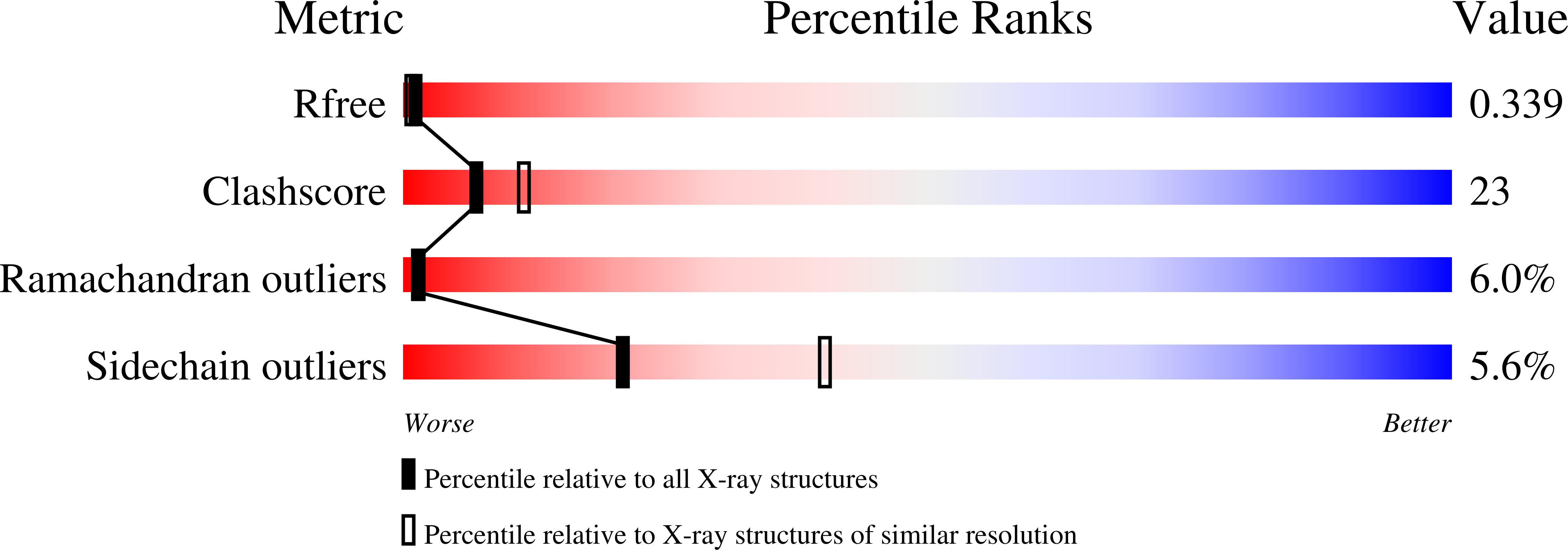
Deposition Date
2007-07-26
Release Date
2007-09-25
Last Version Date
2024-11-20
Entry Detail
PDB ID:
2QQH
Keywords:
Title:
Structure of C8a-MACPF reveals mechanism of membrane attack in complement immune defense
Biological Source:
Source Organism:
Homo sapiens (Taxon ID: 9606)
Host Organism:
Method Details:
Experimental Method:
Resolution:
2.50 Å
R-Value Free:
0.28
R-Value Work:
0.25
R-Value Observed:
0.25
Space Group:
I 4 2 2


